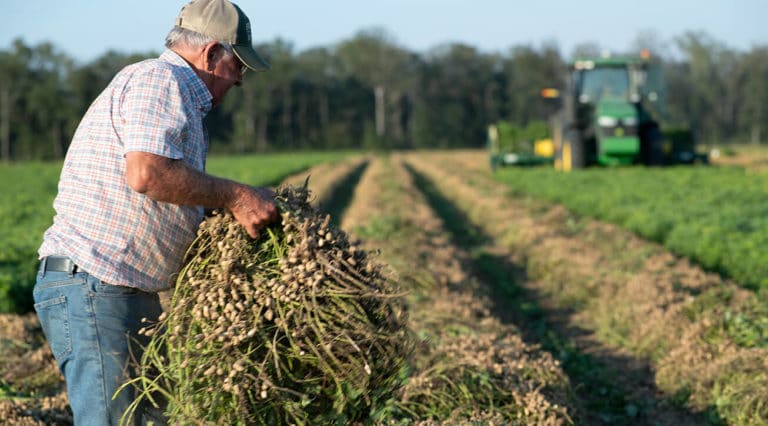The Truth About Grass-Fed Beef
Learn about grass-fed beef benefits as well as why some consumers may prefer grain-fed beef.
Have you ever wondered about the differences between grass-fed beef and grain-fed beef (or beef from a conventionally raised cow) – aside from the price difference in the grocery store? If so, you’re in luck. We’re examining the grass-fed beef pros and cons along with the market for grass-fed beef and the potential health benefits grass-fed beef products may offer.
Grass-Fed Beef Benefits
Grass-fed animals are defined by the American Grassfed Association as animals that are “fed only grass and forage from weaning until harvest,” are not treated with antibiotics or growth hormones, and are not raised in confinement. This differs from grain-fed cattle, which are fed a diet primarily consisting of corn and soy that enables them to grow more quickly. Grain-fed cattle may also receive antibiotics and natural or synthetic hormones, if needed, and they may be kept in confined spaces.
The American Grassfed Association claims that grass-fed meat is healthy for humans, animals, the planet, and communities. It points to research that suggests “grass-fed meat is lean, contains a high percentage of good fats – omega 3s and CLA [conjugated linoleic acid, a type of fat that’s thought to reduce heart disease and cancer risks] – and beneficial antioxidant vitamins and minerals.”
Due to increasing interest in grass-fed products, the grass-fed beef market is steadily growing. AgFunderNews – affiliated with AgFunder, an online investment platform for accredited investors looking to invest in curated food and ag technology companies – points to a report titled Back to Grass: The Market Potential for U.S. Grassfed Beef. The report says retail sales of labeled fresh grass-fed beef reached $272 million in 2016, up from $17 million in 2012, and sales have consistently doubled annually since 2012.
Grass-Fed Beef Drawbacks
Unfortunately, the term “grass-fed” on food labels doesn’t necessarily mean much. On January 16, 2016, the Agricultural Marketing Service, a branch of the USDA, announced that it was dropping its official definition of “grass-fed.” Although the USDA continues to evaluate and approve grass-fed claims, the government no longer has an official definition of the term, so it’s far more open to interpretation. That means it’s challenging, and in some cases, impossible, for consumers to be sure what they’re purchasing is indeed “grass-fed.”
In addition, grass-fed beef comes at a higher cost to consumers. According to Consumer Reports, grass-fed beef costs about $2.50 to $3 more per pound than conventional supermarket beef. The increase is largely because farmers usually need a year longer to get their grass-fed cows to reach slaughter weight than they would require for a grain-fed cow. The extra time commitment increases feed and labor costs.
Finally, not everyone agrees that grass-fed beef offers more health benefits than grain-fed beef. Researchers in Texas A&M University’s Department of Animal Science compared the effects of ground beef from grass-fed cattle and grain-fed cattle on risk factors for cardiovascular disease (CVD) and type II diabetes in men. Their results indicated that neither type of ground beef had negative effects on risk factors for either disease, but the ground beef from the grain-fed cattle actually provided more health benefits by increasing HDL-cholesterol.
However you choose to raise your beef cattle, AgAmerica Lending is here to support the financial health of your operation with our spectrum of loan solutions including our industry-unique 10-year line of credit. Contact us today to learn more.






